Back in the old days telephone calls were connected not by machines or by digital means, but by actual people who plugged in cables to literally patch calls through to their destinations. International calls could take a long time to connect or be accidentally re-routed to the wrong operators simply because of this long chain of each operator patching the call through in a sort of relay. It was a slow process compared to how calls are managed today, but it also meant that you talked to a real human each time you needed to place a call that required this service.
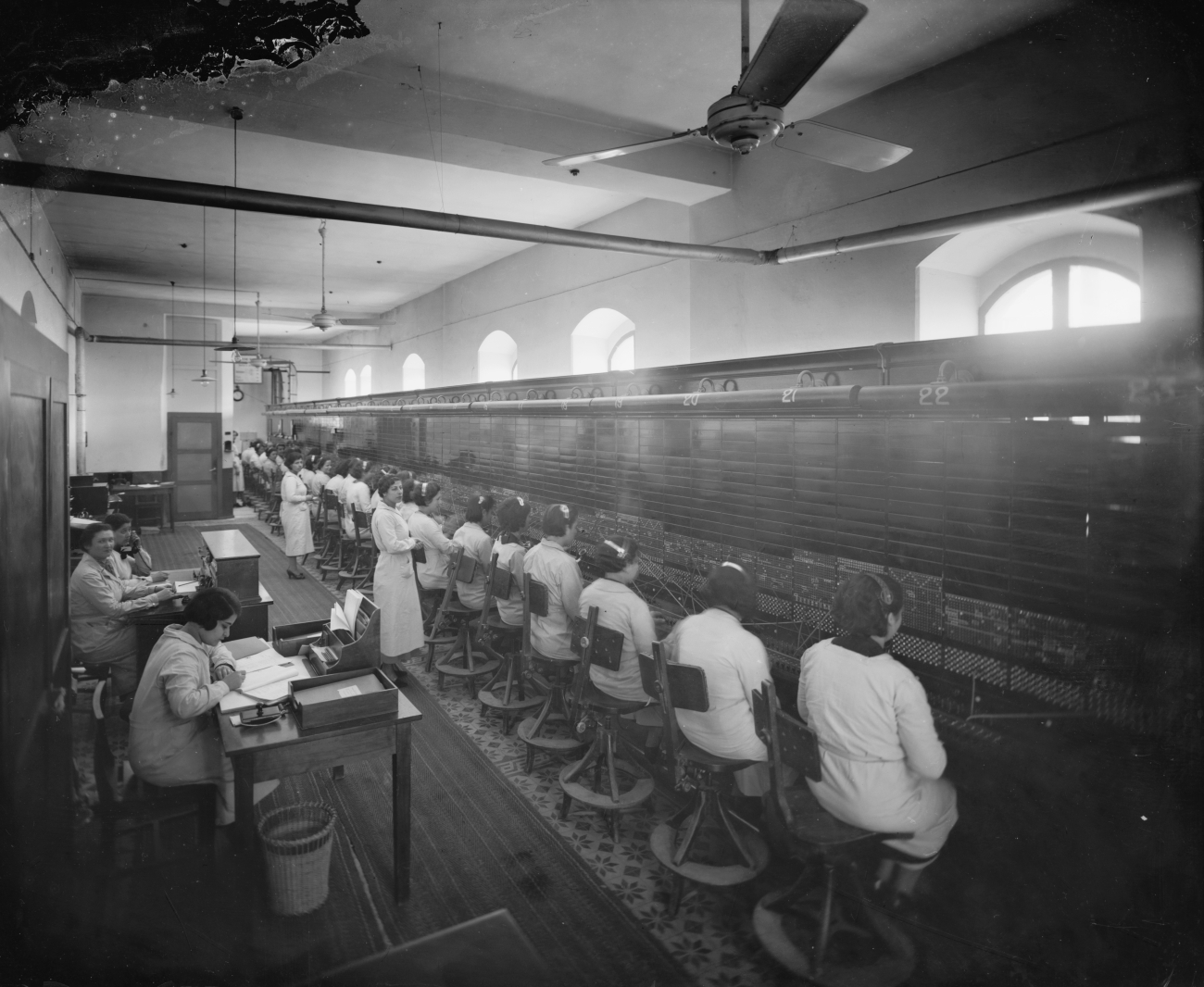
The operator jobs were not exactly like the call centers we know today. The employees were supposed to be friendly and fast while also accurately connecting your call to the correct place or at least to the next operator. And, they had to be available night and day since the phone calls had to be connected at all hours. A cheerful voice on the line was what many people looked forward to when making a call. Some people even struck up long conversations with the operators.
For much of the history of the telephone many operators have been young women, though this was not always the case.
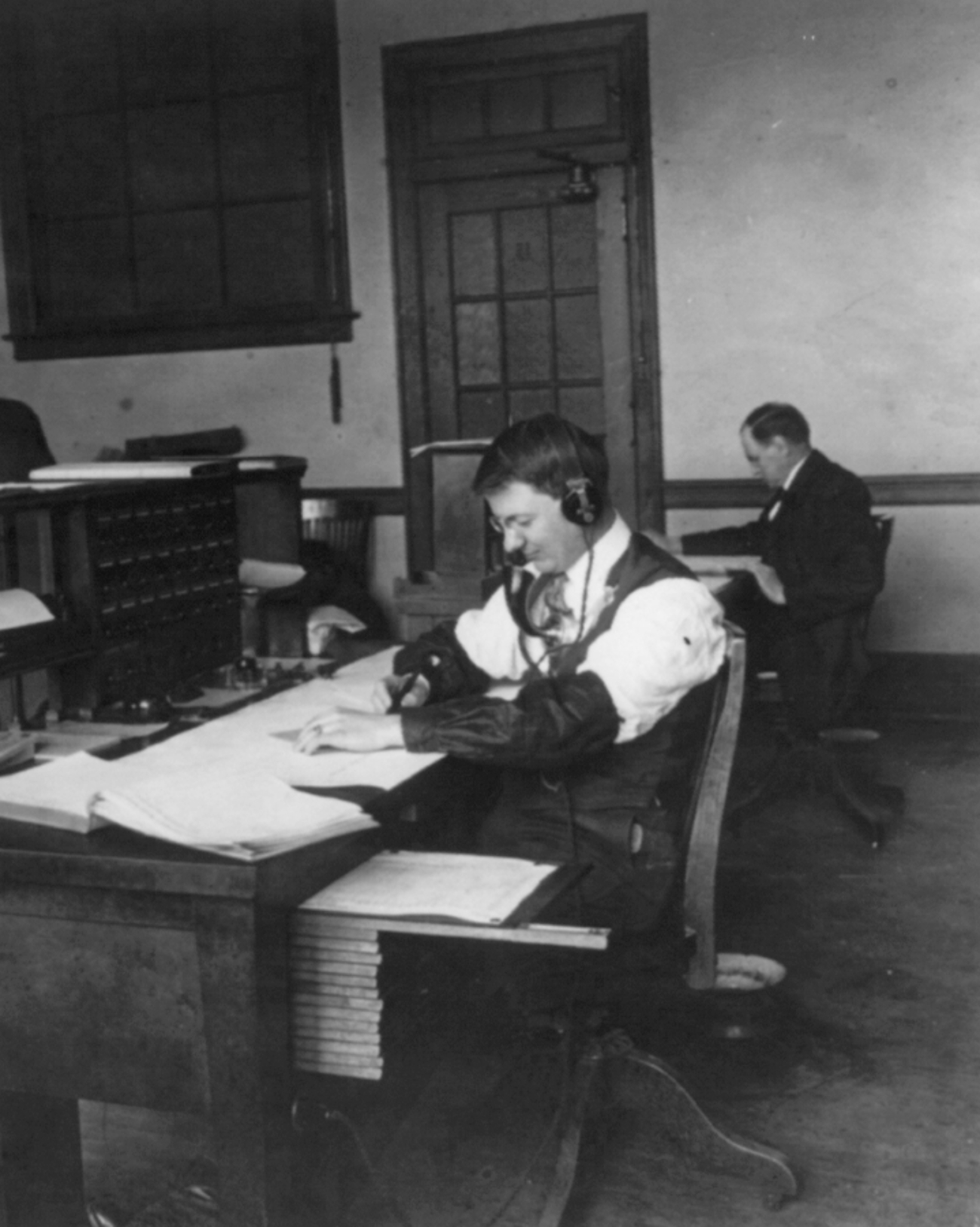
As with secretary jobs and the invention of the typewriter there were some employers who felt office work was simply too complicated for women to learn and so there were many early operators (and secretaries) that were men.
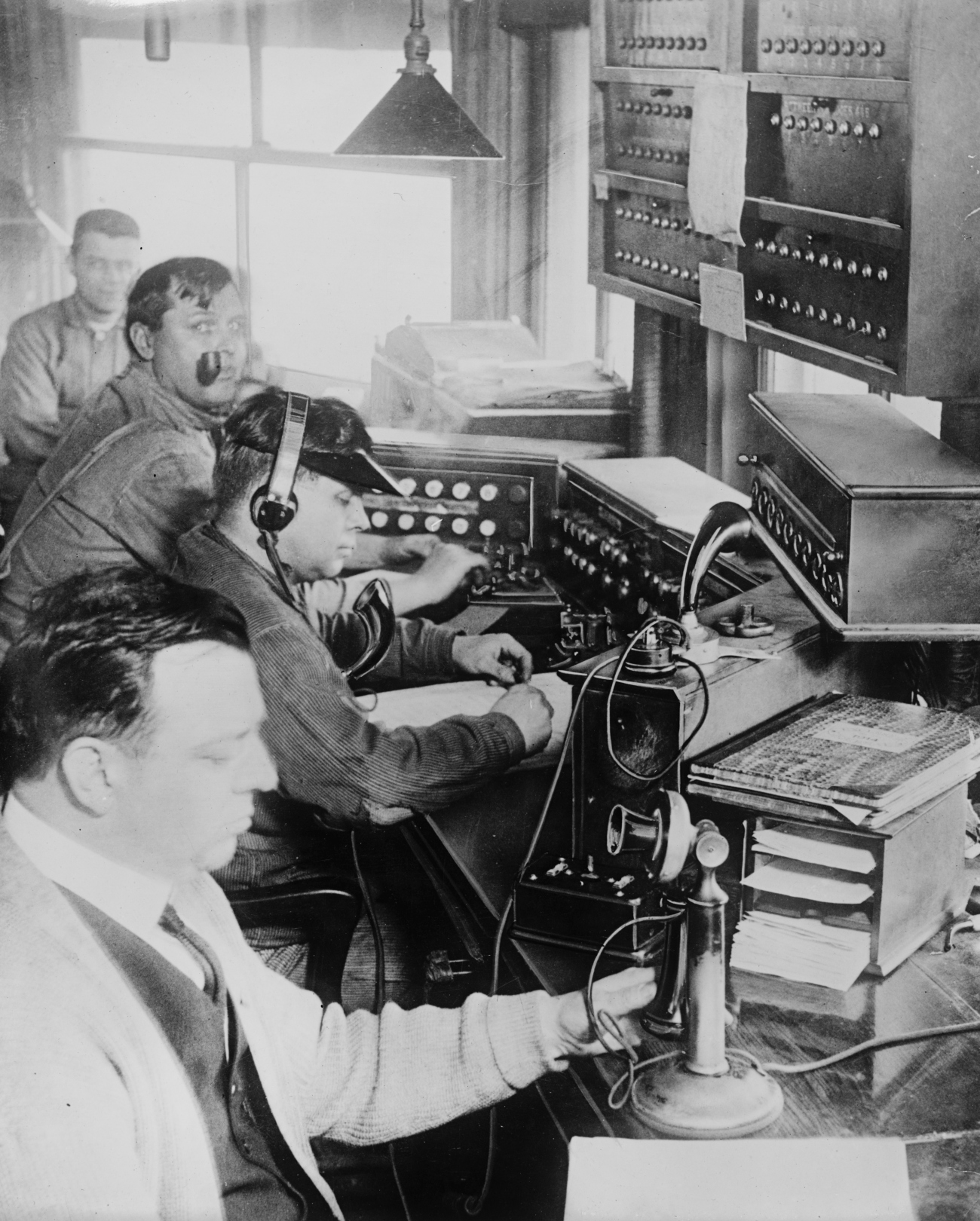
Some phone companies employed so many operators that they had dorms, a not-uncommon practice for low paying jobs as room and board could be considered part of their pay.
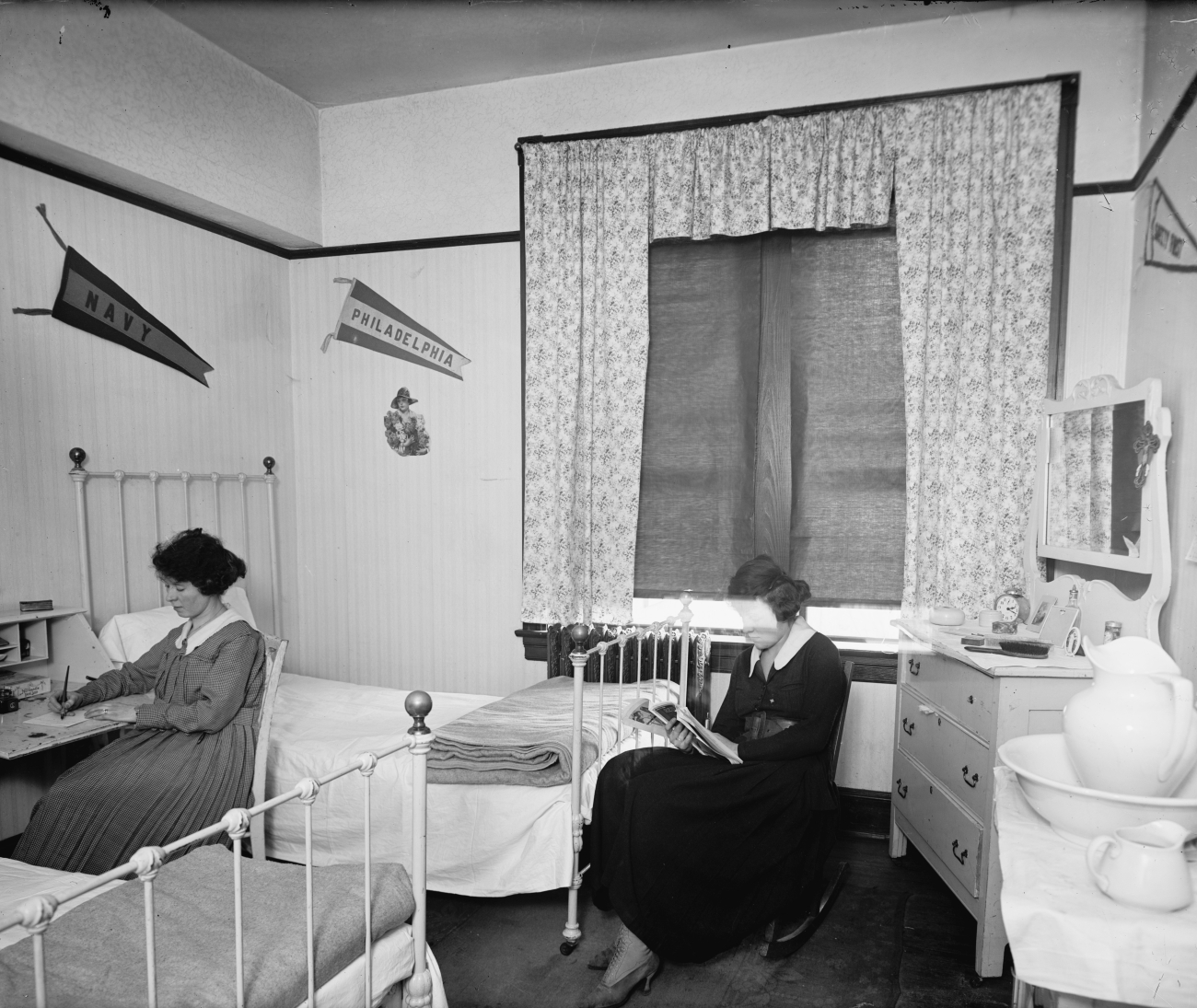
Specialized mouthpieces were common in early switchboard rooms. These contraptions hung on the operator’s neck or shoulder and kept their hands free to move the cables around more effectively.

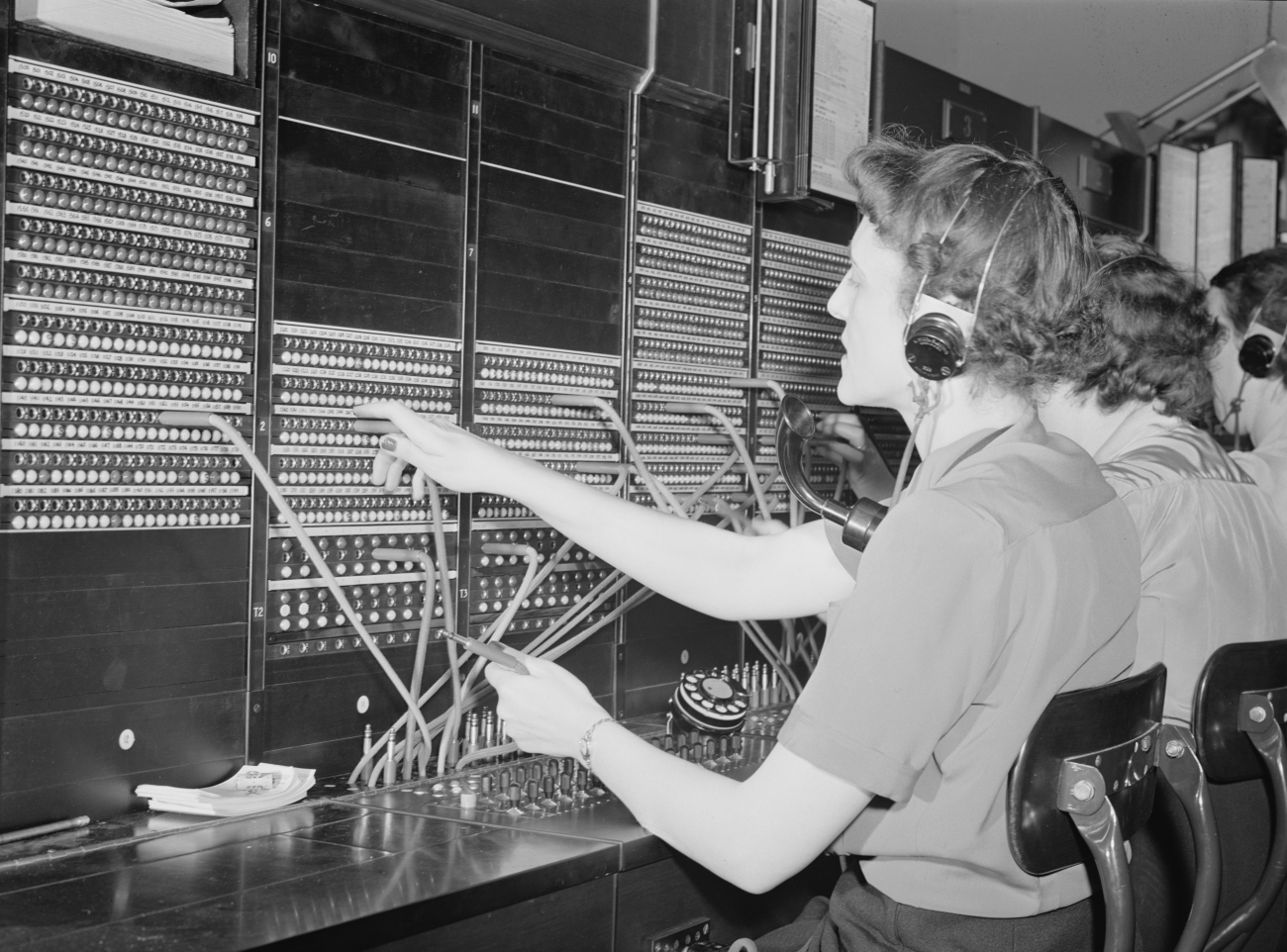
As time went on the equipment changed, but many of the practices did not. The largely-female workforce often had matrons or floor supervisors that watched over them to make sure they were never slacking. And, should some operator need a bathroom break, they could step in to cover for them.
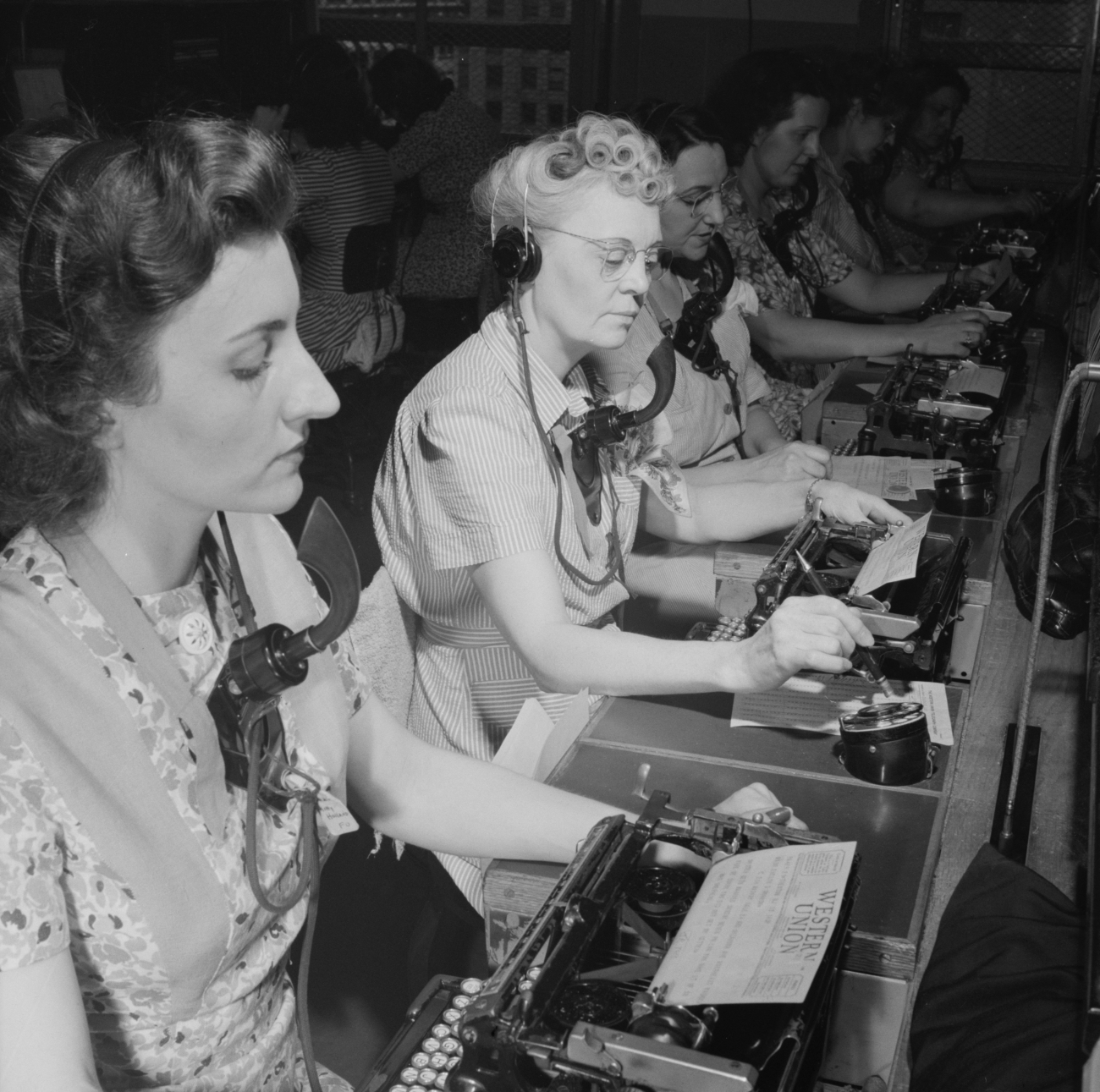
Switchboard rooms were found anywhere that phone calls were coming in. Offices, department stores, phone and telegraph companies, newspapers, and government buildings all had switchboards where calls were managed.
This last photo shows a switchboard at the Capitol Building in Washington, D.C. in 1951. Each modern stool came complete with a little purse holder on the back under the backrest! What a great way to solve the problem of where to put your belongings during your shift.
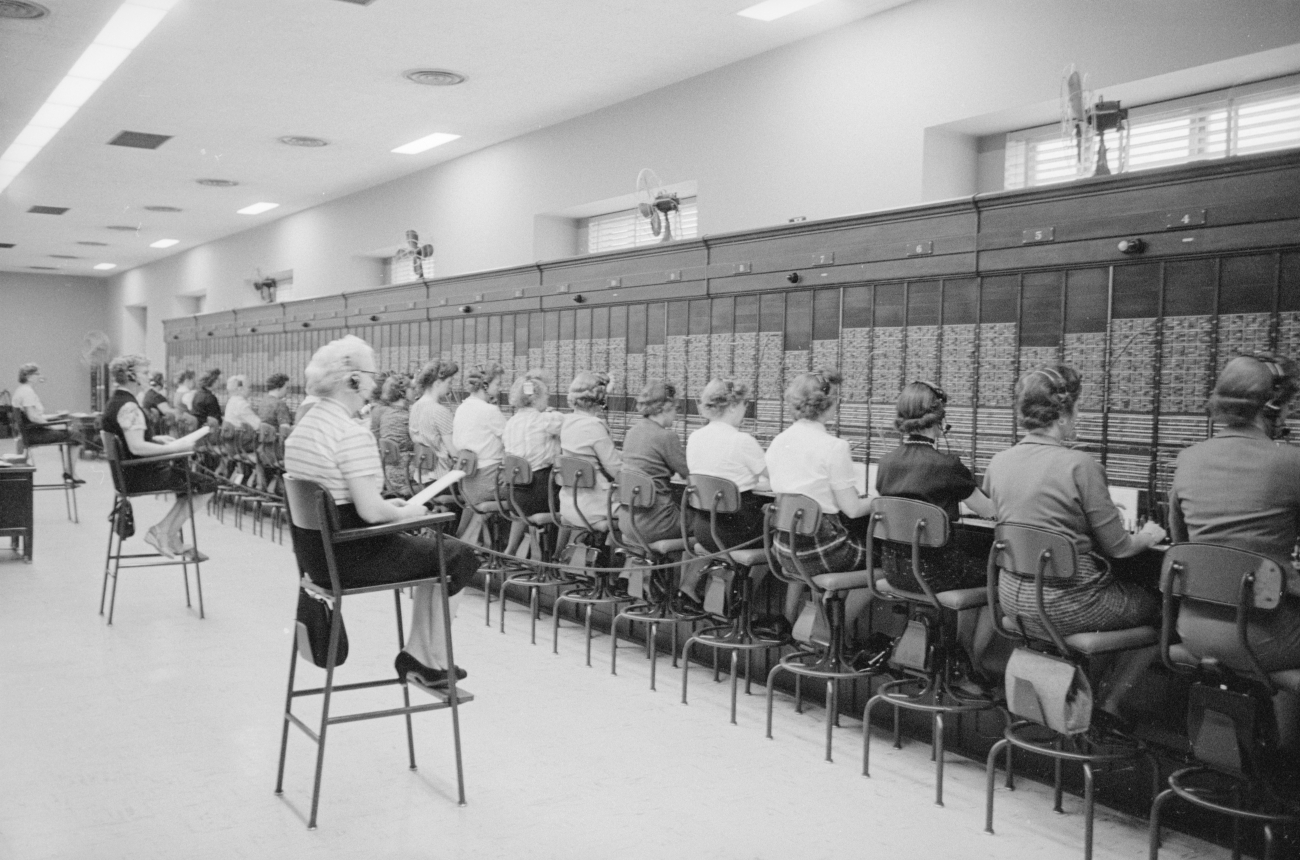
SKM: below-content placeholderWhizzco for DOT

